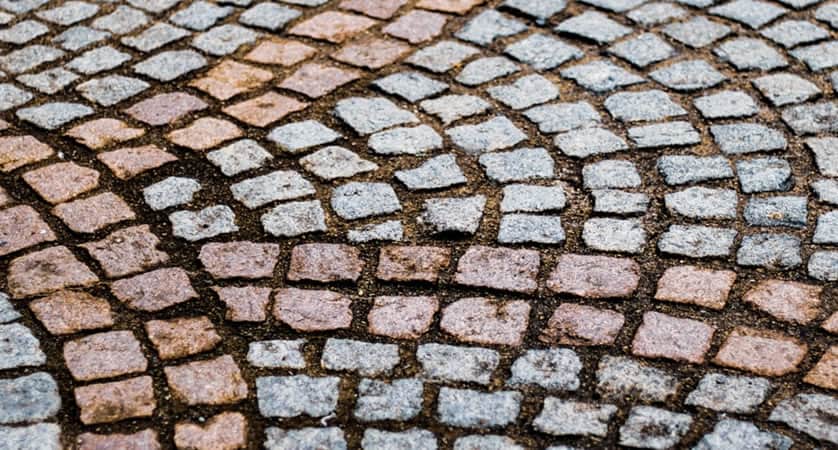The Proper Way to Seal Pavers
When sealing pavers, it is essential to realize the type of sand used to do this. Sand used as a base when laying out the pavers is not the same as the sand used to seal them. Polymeric sand is a special type of sand that is placed between the cracks of the pavers. Once it meets water, the polymers activate and begin to harden, thus sealing off the polymers.
Today, we will go over the various steps you need to perform before and after sealing your pavers with sand.
1. Look at the Manufacturer’s Instructions
Before you head out to your local store to grab supplies, make sure to read the manufacturer’s manual detailing the sealing process of the pavers. This will be useful to know which products are safe to use while sealing your patio and the time you need to wait before using the sealer on the pavers.
 2. Check Weather Conditions
2. Check Weather Conditions
For most paver patios, sealers are only applied once the surface is completely dry. After that, the sealer takes about 24 hours to settle in and make it appropriate for parking use and so on. Therefore, it is necessary to confirm that there won’t be any rain for the next 24 hours before beginning the process of sealing the pavers. As far as temperature goes, 60-80 Fahrenheit is perfect.
3. Remove Contaminated Sand
If you are resealing your pavers, it would be best to remove any contaminated sand before putting in new polymeric sand. Contaminated sand can form clumps that may make it difficult for new sand to settle, so it is vital to remove previously applied sand before putting in new sand.
4. Spread the Sand over the Pavers
Take small amounts of sand and begin spreading it equally over the pavers. Make sure that you cover every paver with sand.
5. Lodge the Sand In
Using a broom, begin sweeping the sand into the pavers. Make sure you cover all the empty spaces amongst the pavers. Start from one side and keep doing it until you sweep the sand to the other side of the paver. After you are done with this process, the polymeric sand should be tightly packed between the pavers.
6. Remove Excess Sand
Once you are sure that you have covered all the cracks with sand, use the broom to take off any excess sand from the pavers. Remember to gently do this step so that you don’t dislodge the sand present between the pavers’ cracks.
7. Apply the Sealer
After performing all the steps mentioned above, it is now time to use your garden hose on the lowest spray settings to seal the pavers. Some manufacturers recommend unique sealers, so it is crucial to realize which sealers work best for you. After you are done with squirting the sealer or water, clean off any excess sand and let the paver dry.
Wrapping Things Up
Performing all these steps in the right weather conditions and the correct order will leave you with a nicely sealed off paver. If you cannot perform any of these steps, don’t be hesitant to take help from an expert.

 2. Check Weather Conditions
2. Check Weather Conditions

